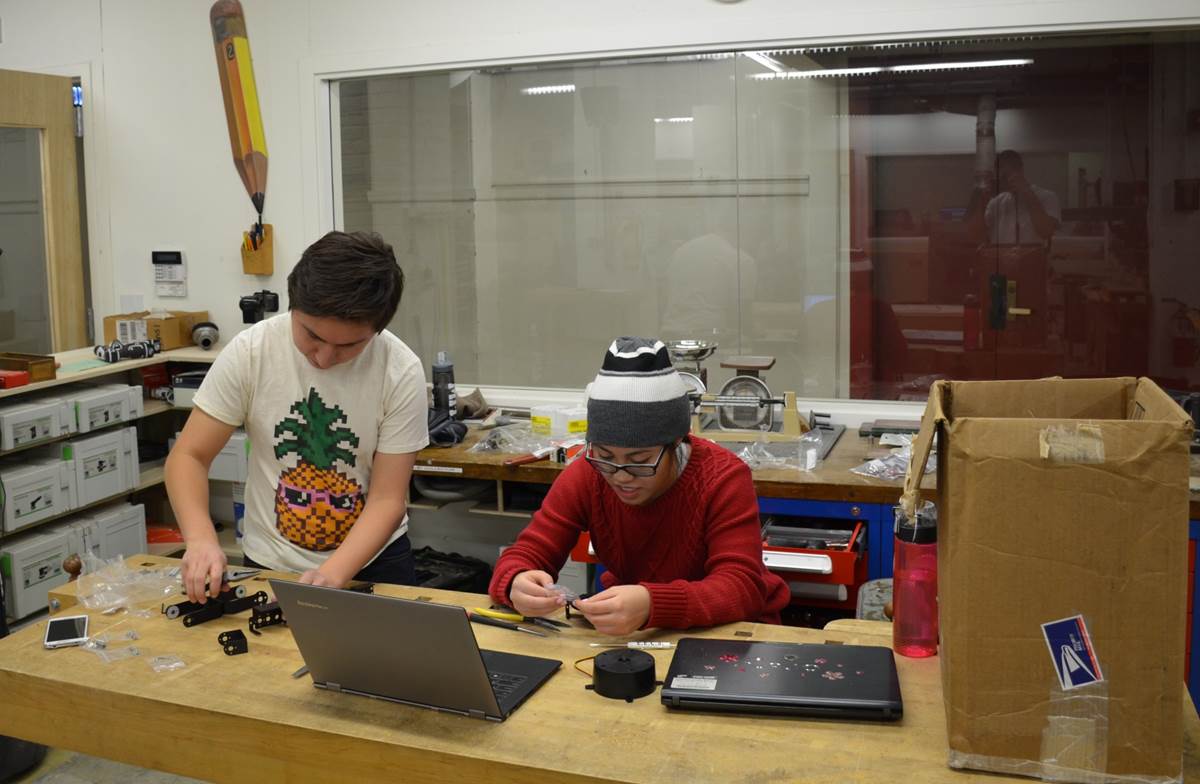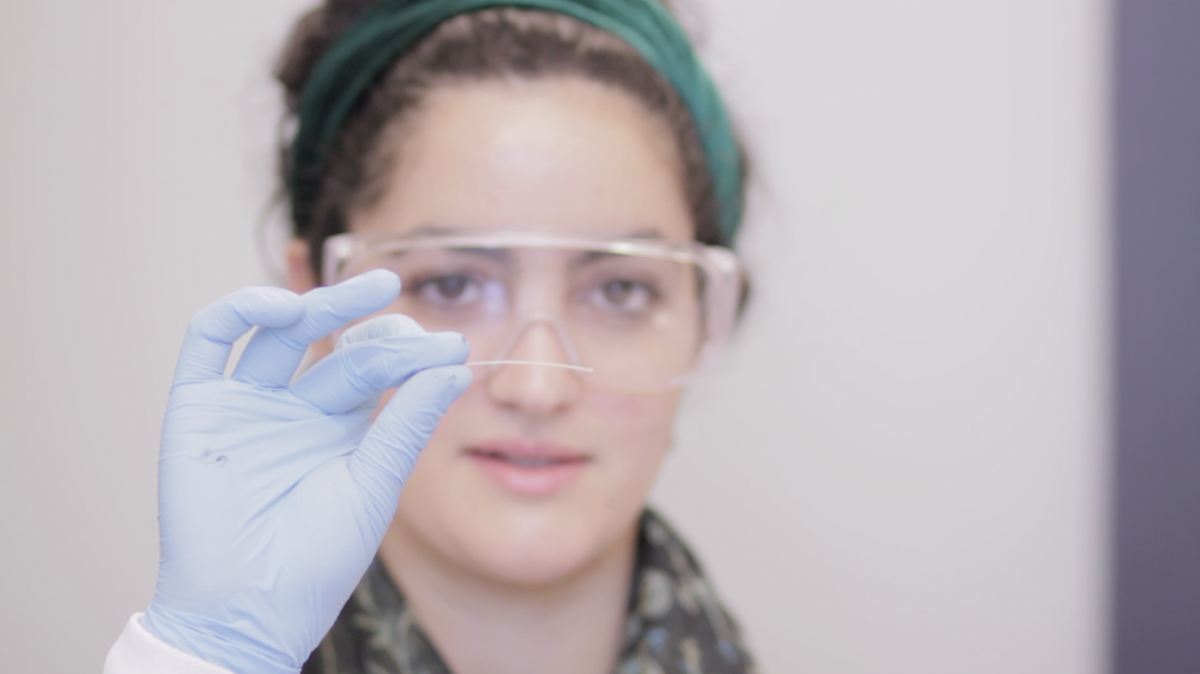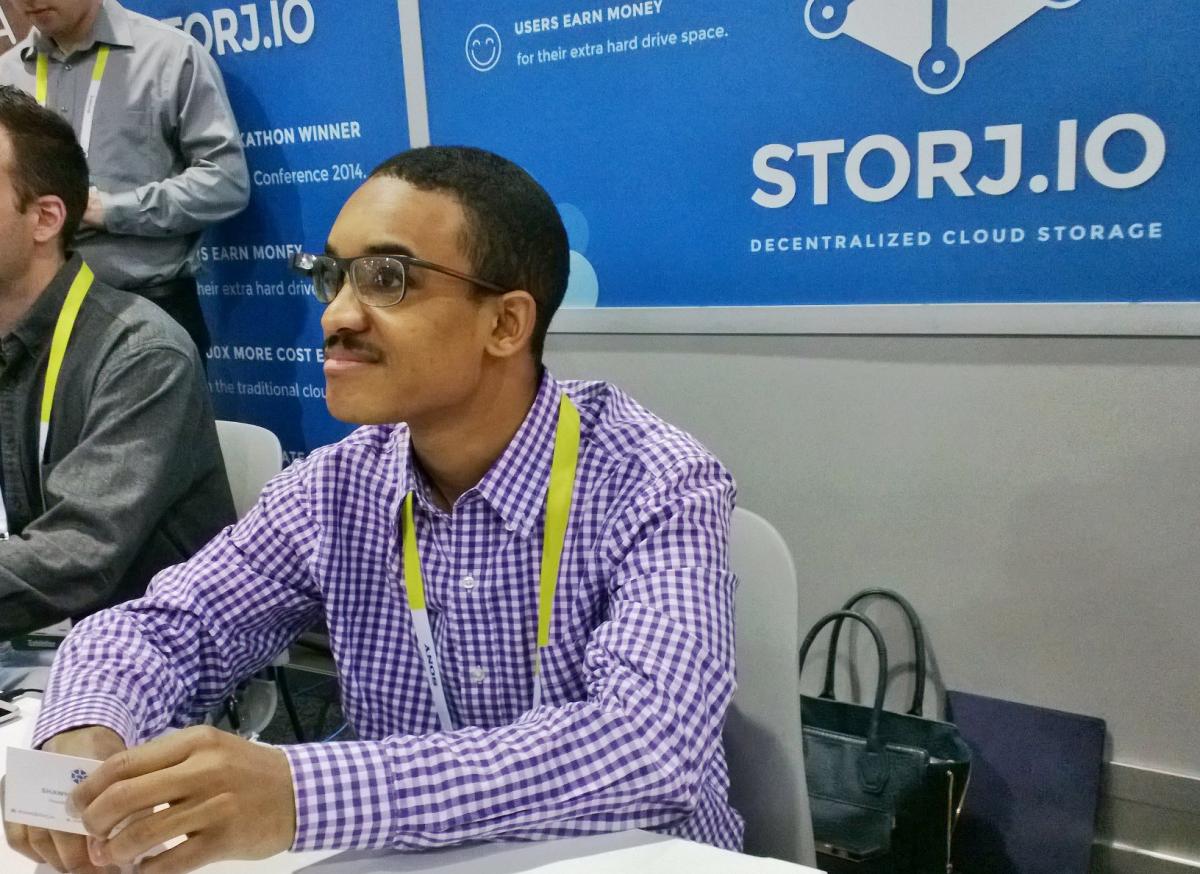 Babies’ brains account for 13 percent of their weight. It would take more than 3,000 years to count the 100 billion nerve cells in a human brain. The weight of your brain has nothing to do with your intelligence.
Babies’ brains account for 13 percent of their weight. It would take more than 3,000 years to count the 100 billion nerve cells in a human brain. The weight of your brain has nothing to do with your intelligence.
More than 600 students learned those facts and more at the 18th annual Brain Awareness Week event at the University of Washington on Tuesday, March 3. Many of them had the chance to hold a real brain for the first time or have a neuron painted on their face, also, perhaps, for the first time.

 “Neither snow nor rain nor heat nor gloom of night stays these couriers from the swift completion of their appointed rounds.”
“Neither snow nor rain nor heat nor gloom of night stays these couriers from the swift completion of their appointed rounds.”  Starting college is exciting and frightening at the same time, especially if you’re the first in your family to attend. You are not really sure of what to expect or know exactly what college has in store for you.
Starting college is exciting and frightening at the same time, especially if you’re the first in your family to attend. You are not really sure of what to expect or know exactly what college has in store for you.  To better understand what is happening with neural signals in the brain, scientists continue to develop ways to simultaneously probe and manipulate neurons during simple tasks, like moving a cursor on a screen.
To better understand what is happening with neural signals in the brain, scientists continue to develop ways to simultaneously probe and manipulate neurons during simple tasks, like moving a cursor on a screen. There’s a lot to see each year at the
There’s a lot to see each year at the